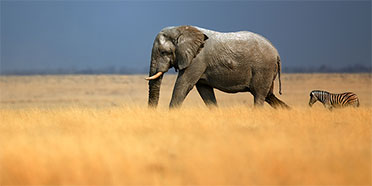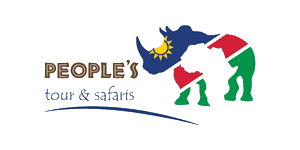
Safari Tours to Etosha NP
-
![14-Day Namibia Flying Safari]()
14-Day Namibia Flying Safari
$18,602 to $27,342 pp (USD)
Namibia: Private tourLuxuryLodge & Tented Camp
You Visit: Windhoek (Start), N/a'an ku sê (Wildlife Sanctuary), Kulala, Skeleton Coast NP, Kaokoland, Etosha NP, Windhoek (End)

Wayfairer Travel
4.9/5 – 149 Reviews
-
![10-Day Whirlwind Wanderlust Namibia Self Drive]()
10-Day Whirlwind Wanderlust Namibia Self Drive
$1,805 to $1,977 pp (USD)
Namibia: Self-drive
Mid-range Lodge & Guest HouseYou Visit: Windhoek (Start), Kalahari Region, Sossusvlei (Sand Dunes), Swakopmund (City), Twyfelfontein (Rock Art), Etosha NP, Okonjima NR, Windhoek (End)

Great Explorations Namibia
5.0/5 – 45 Reviews
-
![3-Day Etosha Guided Camping Safari]()
3-Day Etosha Guided Camping Safari
$847 pp (USD)
Namibia: Shared tour (max 6 people per vehicle)BudgetCamping
You Visit: Windhoek (Start), Etosha NP, Windhoek (End)

People Tours And Safari
5.0/5 – 25 Reviews

 Namibia Parks
Namibia Parks





